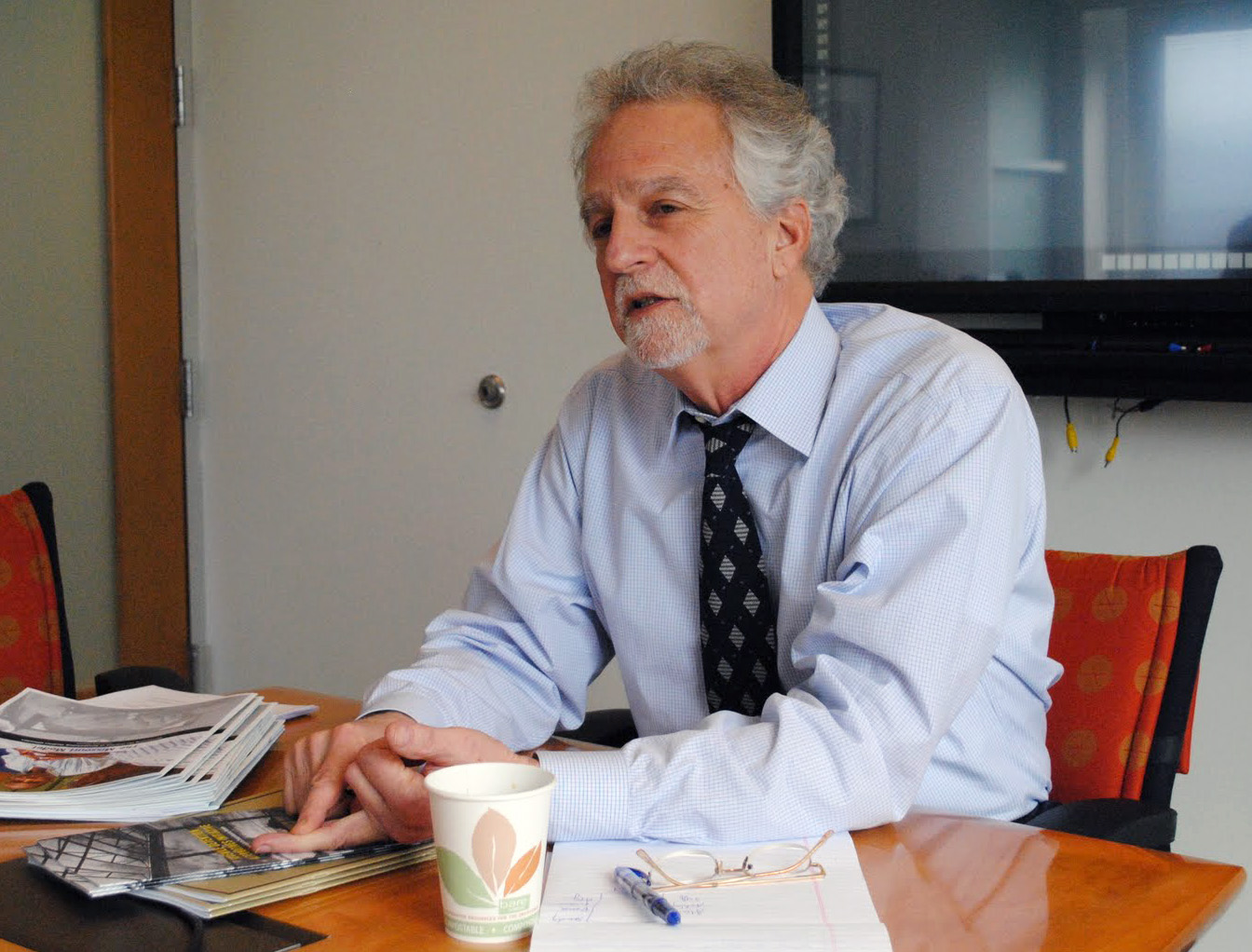Bart Lubow, who has been working for more than 20 years to reduce the number of youth being sent to detention centers, told a gathering of approximately 700 conference attendees this morning that now “may prove to be a unique moment in juvenile justice history, a time when, as a nation, we shed some of the system’s worst baggage—including our unnecessary and often inappropriate reliance on secure confinement” of youth.
 The conference attendees are in Houston for the Juvenile Detention Alternatives Initiative conference, which as its name implies is working to reduce the number of youth sent into detention and instead aims to provide community-centered alternatives. The conference is hosted by the Annie E. Casey Foundation.
The conference attendees are in Houston for the Juvenile Detention Alternatives Initiative conference, which as its name implies is working to reduce the number of youth sent into detention and instead aims to provide community-centered alternatives. The conference is hosted by the Annie E. Casey Foundation.
Apparently the 19-year quest is working. Lubow, director of the Juvenile Justice Strategy Group at the Casey Foundation, told the gathering that “JDAI sites have reduced reliance on secure detention overall by 42 percent, with numerous jurisdictions posting reductions in excess of 50 percent.” All of this happening without compromising public safety, he said.
The quest in the end means, in Lubow’s words, “We need to detain the right kids, but only the right kids.”
We as a nation, he said, should be using the “my child test.” What would we want for our own children if they became entangled in the system.
Reading from these prepared remarks, he said: “Evidence is mounting from all parts of the country that policy makers, justice system practitioners and whole communities are prepared to eschew the policies of mass incarceration that have been at the center of crime policy for the past four decades. This shift is not restricted to Democratic or Republican states, or to specific sections of the country. It is increasingly embraced by people and organizations of all political persuasions.”
He added: “It is at least a portent of a different future, one that recognizes that mass incarceration has proven a fiscally unsustainable approach to public safety that maintains and exacerbates racial and ethnic disadvantages, disrupts families, undermines communities and disregards new knowledge about how to respond more effectively to crime.”
Althought the JDAI is a national movement, most of the decisions that affect kids in the justice system, according to Lubow, are made at the state level where “the rules of incarceration are set, through statute, through regulations, and through fiscal arrangements. Second, it is at the local level—in courts and probation agencies—where those rules are actually implemented. So, any substantial effort to reduce reliance on juvenile incarceration must address both realities.”
Although it is a local issue, it must be put into an international context. Lubow said, “Our country’s reliance on juvenile confinement is unique in the world. Even if we reduce juvenile incarceration from today’s levels by 50 percent …we would still be locking up our kids at rates far in excess of countries with similar political and economic systems. That is, halving our juvenile incarceration rate in the next decade is eminently do-able, at least as illustrated by the international experience.”
One method to produce that reduction, Lubow said, “…is simply to restrict eligibility for confinement. That is, we need to establish that juvenile institutions are reserved to those youth who pose the greatest public safety risks, not those who anger or frustrate us, or those with substantial needs.”
To pass the “my child test”, Lubow says, “I want a system that gets it that kids are not simply small adults, but largely different creatures, still maturing, less culpable, more amenable to change. Such a system would be loath to prosecute children as adults, to incarcerate kids with adults, to sentence them to life without parole, no matter what they’ve done.”
He added, “I want a juvenile justice system in which all children—regardless of race, ethnicity, gender or sexual orientation—are treated equally, without prejudice, but with competencies that recognize these differences and their implications.”
Photo by Jeffrey Benzing and the Phillip Merrill College of Journalism
























